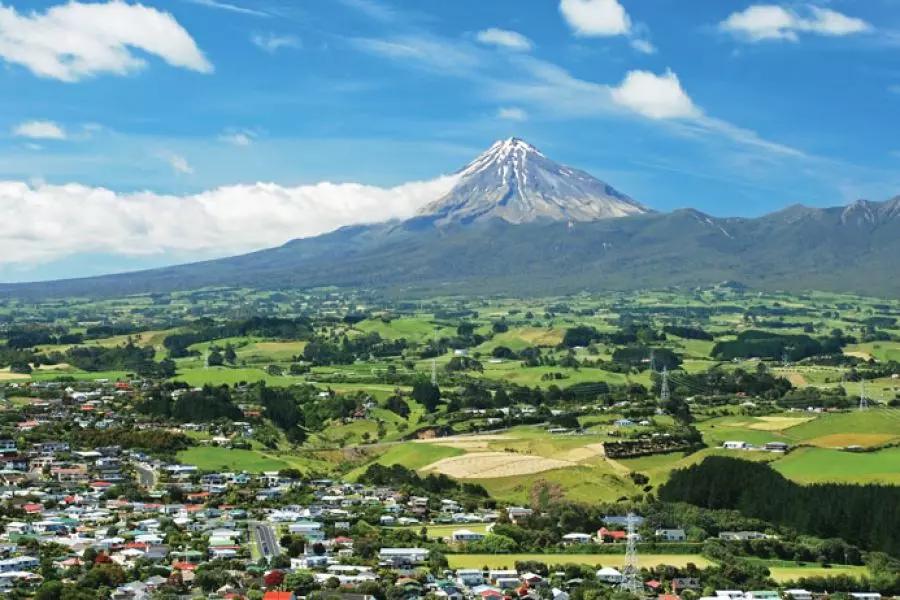News
New Plymouth possibilities

Friday 31st of January 2020
With the ocean on its doorstep, and the mighty Mount Taranaki rising majestically in the distance, New Plymouth is a city celebrated for its natural beauty. But despite these attractions, the wider Taranaki region hasn’t had a good year when it comes to house prices. As opposed to the vertiginous growth found in other regions, the region as a whole has seen a drop of 2...
Want to read the full article?
Click the button below to subscribe and will have unlimited access to full article and all other articles on the site.
8 min read
10 min read






![[The Wrap] Bye Bye Bayly](https://goodreturns.publit.io/file/c_fill,w_900,h_600/39f23ac1-f7c7-4854-b700-a150004ebbac.webp)


